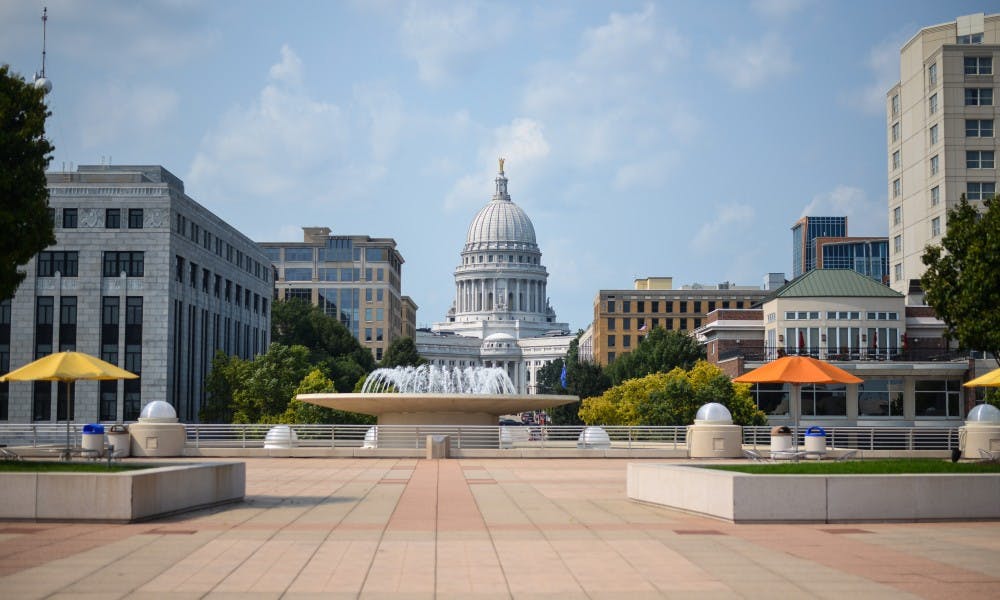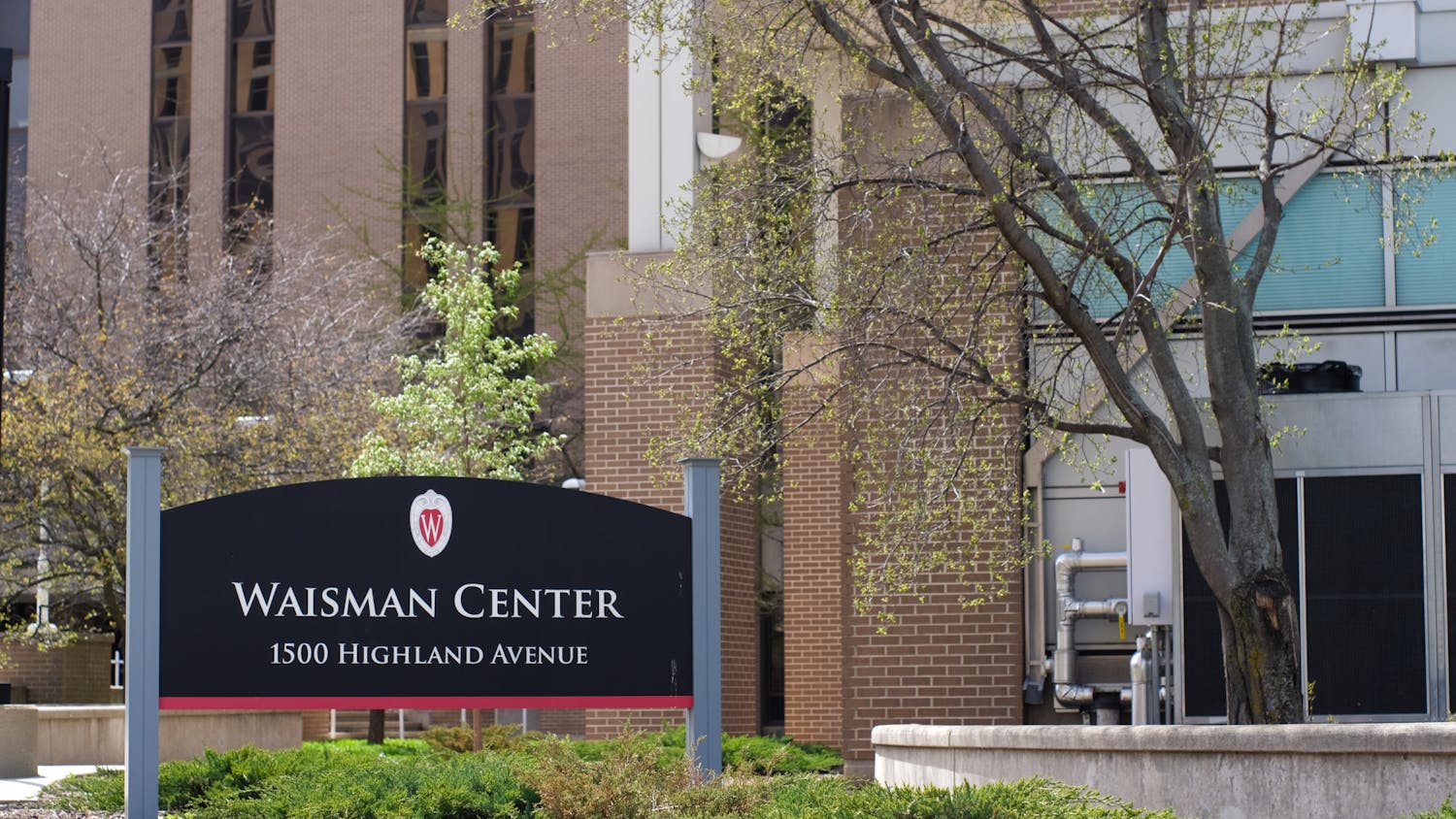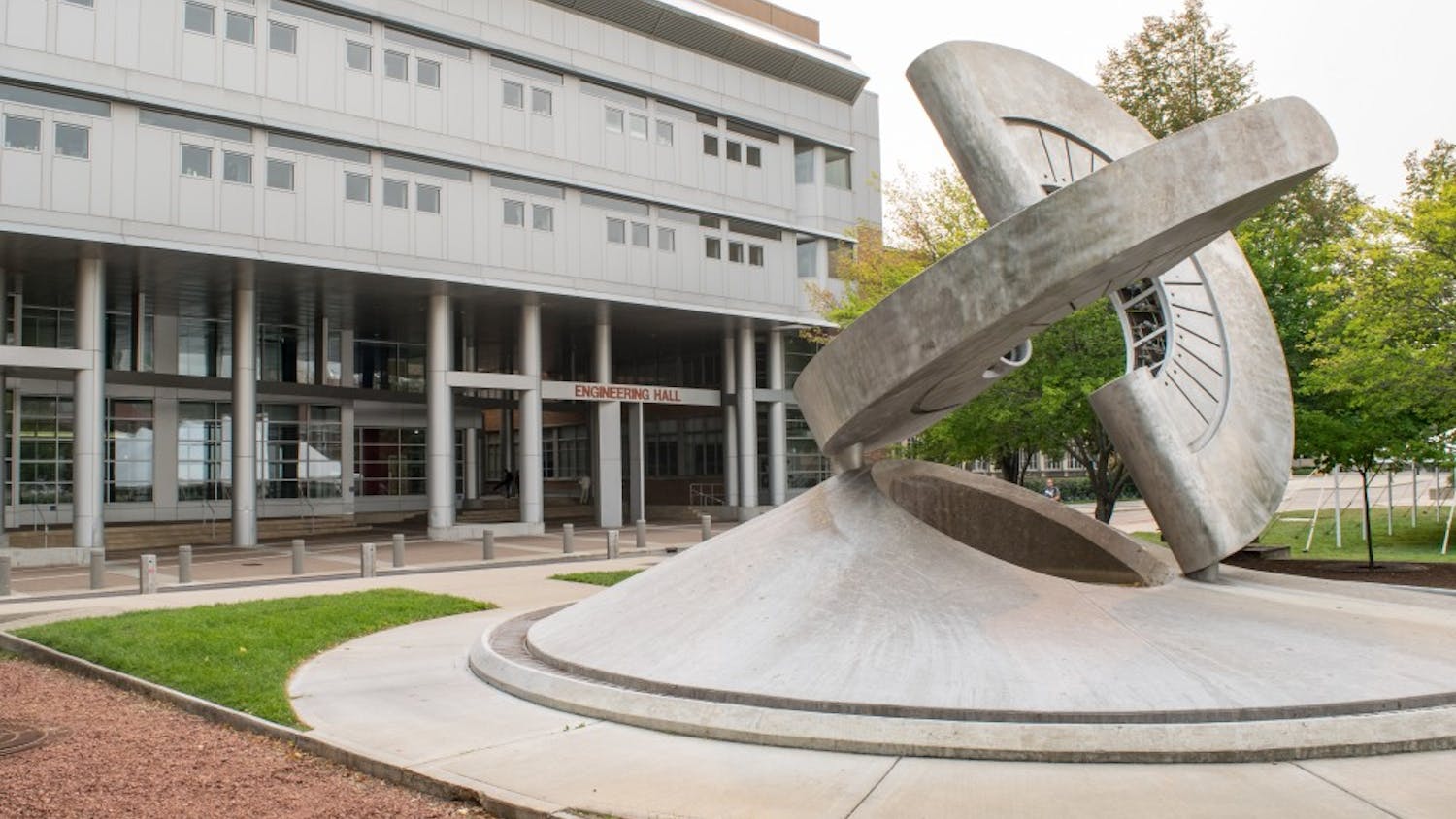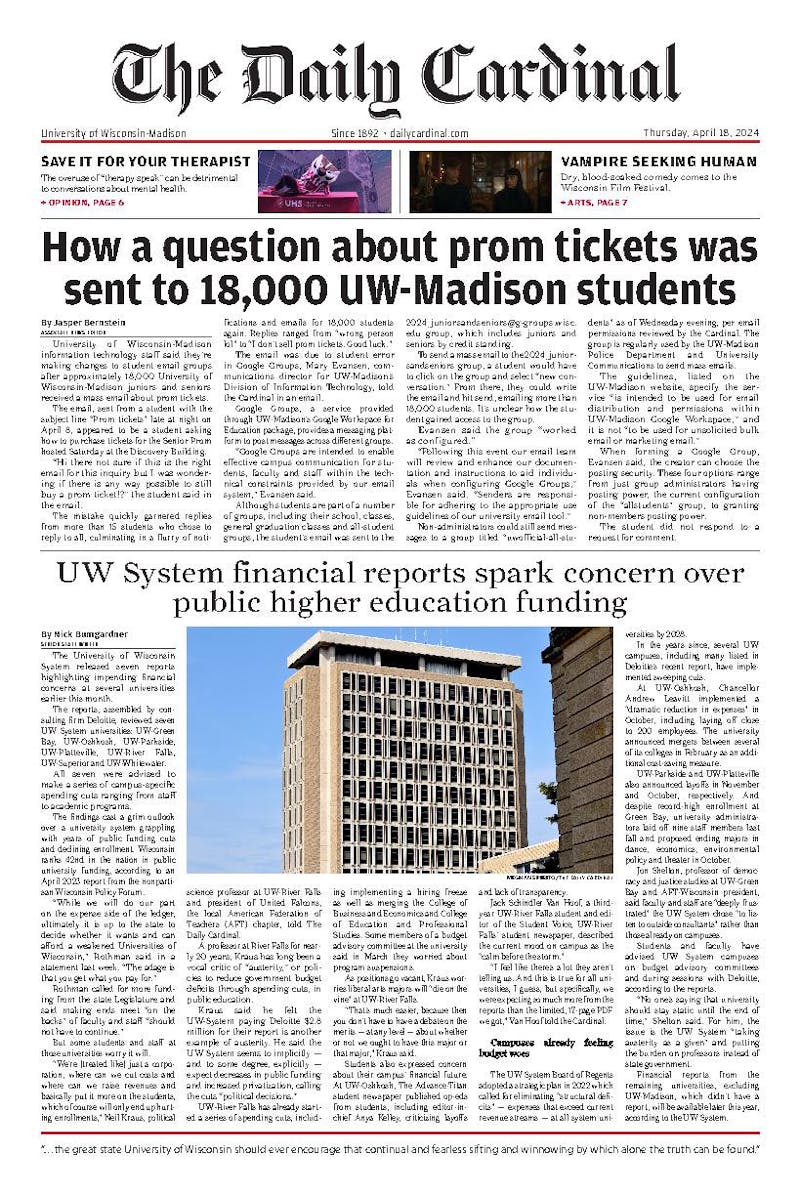Madison has a new plan for its future following the Common Council’s decision to adopt the City of Madison Comprehensive Plan in their meeting on August 7, a process over two years in the making.
The 159 page plan, created by the city’s planning department, will attempt to shape the city’s development through the year 2040, by which time the city estimates 70,000 new people will call Madison home. The plan specifies the city’s focus on a variety of issues such as land use, services, parks, culture, housing and transportation.
The city’s planning department welcomed feedback about the plan from more than 15,000 Madison residents through a public outreach campaign “Imagine Madison.” Ben Zellers, a planner for the city, said the two biggest concerns from the public were that of the need for affordable housing and better transportation.
Affordable housing has been a primary focus for the city government in recent years. In 2014, Mayor Paul Soglin announced the creation of an Affordable Housing Fund, with the goal of contributing $20 million toward the creation of 750 units of affordable housing over five years. Zellers said the city is now on track to create about 1,000 units in that period.
Facilitating the creation of affordable housing is a challenging cooperative process for city officials.
“It’s less a matter of what’s planned [by the city] and more a matter of what’s proposed by the development community,” Zellers said.
Convincing developers to invest in affordable housing takes a coordinated effort from city, state and federal governments. The Wisconsin Housing and Economic Development Authority administers tax credits from the federal government to some developers who pledge to build and maintain affordable housing facilities for a set amount of time. Madison developments have so far received over $95 million in WHEDA tax credits for affordable housing projects.
The city has run into some problems with the distribution of affordable housing, however. City officials have found it hard to create affordable housing in the downtown area, where property prices are relatively high. The city instead prioritizes housing near main transportation corridors.
Although the plan encourages affordable housing throughout the city, Zellers said there was virtually no negative reactions from citizens worried about projects driving down property value.
“There was support from pretty much all segments of the population for creating affordable housing in general across the city," he said. “It definitely remains a concern for many members of the public that we continue to add more.”
The other main focus of the plan is improving Madison’s transportation. Although Madison Metro Transit runs an extensive bus system, Zellers said the current bus fleet is nearing capacity. This, coupled with the overcrowding of Madison’s main roadways, is addressed in the plan, which places a high priority on non-automobile forms of transportation.
The plan hopes to facilitate the introduction of bus rapid transit, a bus system designed to operate more quickly and efficiently than traditional bus service. The plan also expresses a desire for the city to make the switch to electric buses in the near future.
Bicycle travel is also prioritized in the plan, which includes a map detailing several miles of bike-accessible routes in the form of bike lanes on city streets or as off-street bike paths.
The city also hopes to establish rail connections with Chicago, Milwaukee and Minneapolis, though rail lines are mostly overseen by the state government. Zellers said the city views rail as a quicker alternative to inter-city bus travel.
Although Madison’s new Comprehensive Plan deals primarily with these issues, the city hopes the improvements made in the future benefit all residents. Most aspects of the plan include specifications designed to ensure “racial equity and inclusion” in the hopes that the city’s move toward 2040 does not leave anyone behind.






